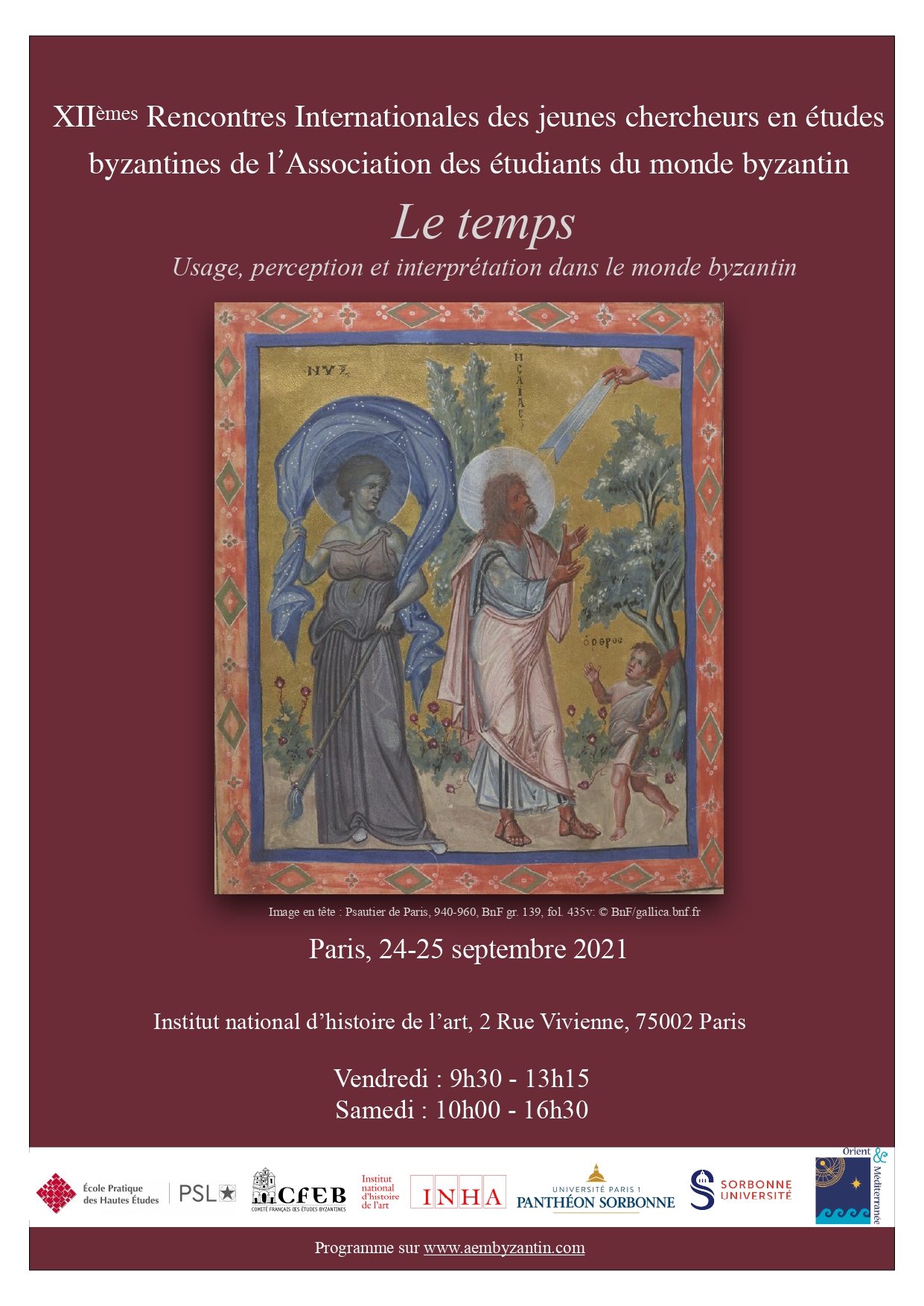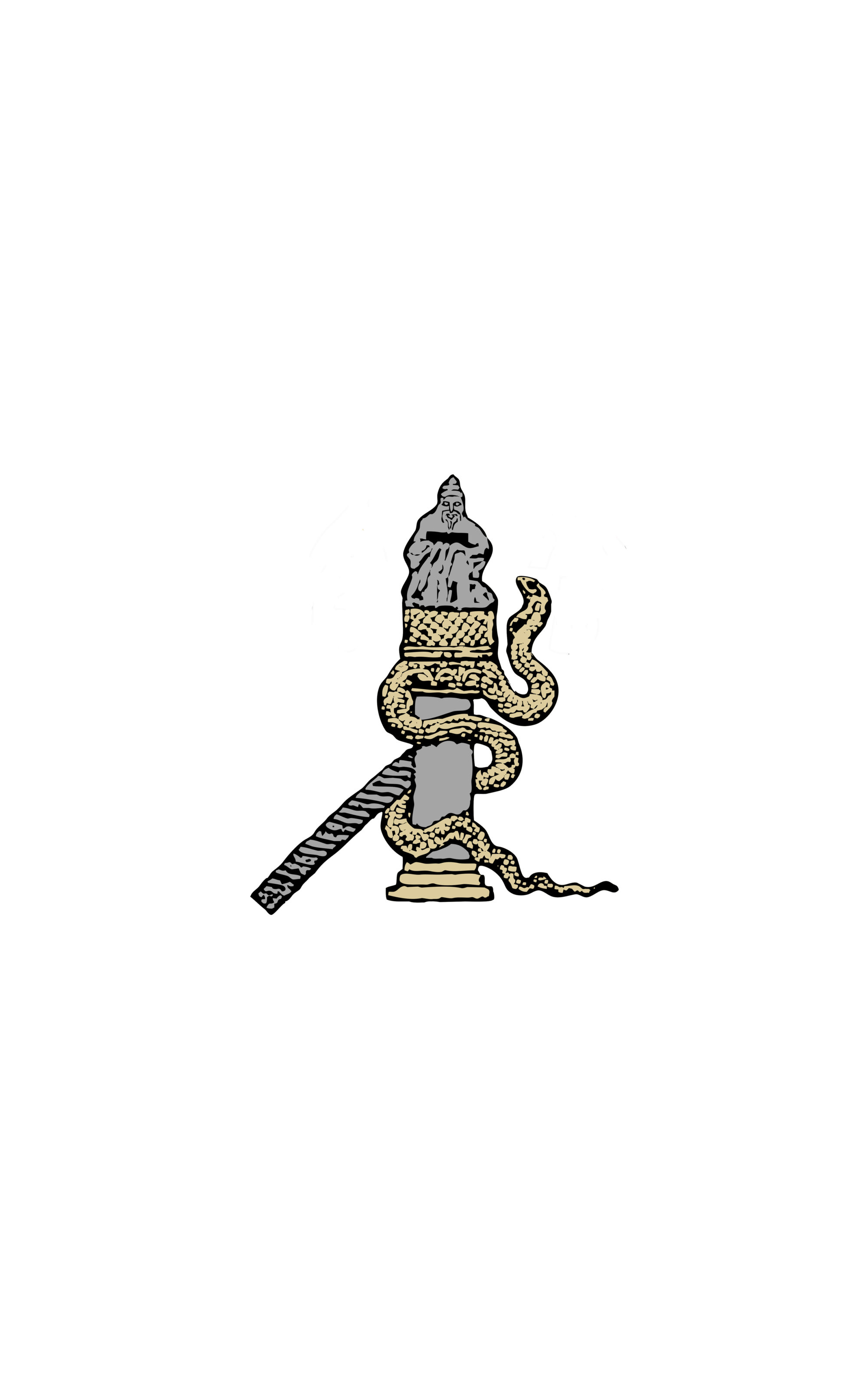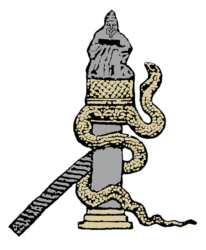24-25 septembre 2021 : les XIIèmes Rencontres Internationales des jeunes chercheurs en études byzantines de l’AEMB
Cliquer ici pour télécharger le programme des XIIèmes Rencontres de l’ AEMB

Cliquer ici pour télécharger l’appel à communications
(English Version Below)
Pour la XIIe édition des rencontres internationales des jeunes chercheurs de
l’AEMB, le bureau de l’association a opté pour un format inédit : une journée sera dédiée à des communications libres, et la deuxième journée portera sur un thème précis. Le thème retenu, après consultation des membres de l’association, est le temps.
Le temps : usage, perception et interprétation dans le monde byzantin
De la vie de Basile Ier écrite pour légitimer la dynastie macédonienne à l’usage des spolia dans l’architecture religieuse et laïque, du développement d’une tradition textuelle et visuelle autour de l’attente du Jugement dernier aux typika qui règlent précisément la vie monastique, le rapport au temps, qui
convoque le souvenir du passé, l’attention portée au présent et l’espérance de l’avenir, prend des formes multiples qui intéressent de nombreux aspects de la culture byzantine.
Étroitement lié à l’expérience, le temps est d’abord perceptible par les mutations qu’il opère. Le temps, aussi bien celui de la nature, marqué par l’alternance du jour et de la nuit et le rythme des saisons, que celui de l’Église, scandé par les grandes fêtes du calendrier religieux, la commémoration des saints et le rythme de la liturgie, était sensible à toutes et tous. Il constitue de la sorte une notion particulièrement féconde pour saisir la réalité des femmes et des hommes du monde byzantin.
C’est en considérant différentes échelles que l’on peut appréhender ce phénomène dans toute sa complexité. Parmi les qualités de Dieu, celle d’anarchos pose la question de l’éternité, difficile à appréhender par l’être humain. Pour la société, c’est l’organisation de la succession des événements par le discours de l’Histoire qui permet de donner un sens à un temps linéaire, qui sort de la cyclicité de la nature et prend une orientation qui, selon les époques, sera plutôt entendue comme celle du progrès ou du déclin.
Cette conception d’un temps conjointement cyclique, linéaire et éternel rend poreuses les notions de passé, de présent et de futur, sous-jacentes dans toute expression littéraire et artistique. L’instrumentalisation du passé, pour des raisons pratiques et théoriques, politiques et spirituelles, étaie la continuité et la légitimité de l’empire et l’inscrit dans la longue durée. Polarisé par la Création et l’Incarnation, le cours du temps, dans la pensée chrétienne, conduit inéluctablement à la fin des temps, où se joue le salut de l’humanité.
Les craintes que suscite ce futur prédéterminé ont contribué à l’essor des préoccupations eschatologiques, et dicté le développement de pratiques apotropaïques qui visent à protéger le présent de la collectivité comme de l’individu pour garantir l’accès à la vie éternelle. Ainsi, la question de la préparation au salut et du bon usage du temps vécu se pose à chacune et à chacun. Enfin, au niveau individuel, c’est également la question de la transformation du corps à travers le temps et du cheminement vers la mort qui se fait jour. Il s’agira de donner à voir la nature et la spécificité du temps tel qu’il fut envisagé à Byzance et dans les territoires voisins.
Les communications pourront ainsi porter sur les thèmes suivants, sans s’y limiter :
- La conception scientifique du temps
- La mesure du temps
- Le temps de l’histoire et sa construction par les historiens, la
longue durée
- La vision du passé et son instrumentalisation dans l’art et
l’histoire
- Les approches philosophiques et théologiques du temps et
de l’éternité
- Le temps vécu et les rythmes du quotidien
- La christianisation du temps par l’Église et la liturgie
- L’avenir et l’herméneutique de ses signes avant-coureurs
- La transmission et la mémoire
- Le traitement du temps et de la durée dans la narration
littéraire et visuelle
- La préparation à la fin des temps
- Le traitement du temps dans la musique
- Temps et rituel
- Temps et nature
Les propositions de communications de 250 à 300 mots, ainsi qu’une brève biographie incluant l’institution de rattachement, le niveau d’études actuel (master, doctorat, post-doctorat) et le sujet de recherche devront être envoyées à aemb.paris@gmail.com au plus tard le 18 avril.
Les communications, d’une durée de vingt minutes, pourront être données en français ou en anglais. Comme lors des précédentes éditions, certaines pourront faire l’objet d’une publication. Nous espérons que les Rencontres se tiendront en présentiel, à Paris. La prise en charge des frais de transports par l’AEMB est possible pour les candidats ne pouvant obtenir de financement de la part de leur institution d’origine. Les candidats retenus devront adhérer à l’AEMB.
English Version :
For the 12th edition of the AEMB international postgraduate conference, the board of the association has opted for a new format: one day will be dedicated to free presentations, and the second day will center around a precise theme. The selected theme, chosen with consultation with members of the association, is Time.
Time: Usage, Perception, and Interpretation in the Byzantine World
From the life of Basil the First, written to legitimise the Macedonian dynasty, to the use of spolia in religious and lay architecture, and from the development of a textual and visual tradition concerning the Last Judgement to typika strictly organising monastic life, the experience of time, which mobilises the memory of the past, the attention to the present, and hope in the future, takes multiple forms which can be applied to the study of numerous aspects of Byzantine Culture.
Intimately linked to experience, time is first perceptible through the mutations that it operates. Time marked by the alternation of night and day and by the rhythm of the seasons, in addition to ecclesiastical time, punctuated by the religious calendar of Great Feasts, the commemoration of saints, and the rhythm of the liturgy, is significant to all. It constitutes a particularly fruitful topic for the understanding of the reality of women and men in the Byzantine World.
It is in considering time at different scales that we may understand the complexity of this phenomenon. Amongst the qualities of God, that of anarchos raises the question of eternity, difficult to grasp by humankind. In society, the organised succession of events through historical discourse exhibits the linear nature of time, which, depending on the period, is understood as progress or decline in contrast to nature’s cyclical character.
This concept of time, simultaneously cyclical, linear, and eternal, blurs notions of past, present, and future, underlined in literary and artistic expression. The instrumentalisation of the past for practical, theoretical, political, and spiritual reasons underpin the long-term continuity and legitimacy of the empire.
Polarised by Creation and the Incarnation, the course of time, in Christian thought, is inevitably oriented towards the end of time and the salvation of humankind. The fear produced by this predetermined future contributed to a rise in eschatological preoccupations, and dictated the development of apotropaic practice with the purpose of protecting individual and collective presents in order to guarantee access to eternal life. As such, the question of the virtuous terrestrial life as preparation for salvation is pertinent to all. Additionally, at an individual level, questions concerning the transformation of the body throughout time and the pathway towards death are also relevant. These questions guide us in seeing the nature and the specificity of time as it was envisioned in Byzantium and in its neighbours.
Talks may therefore address the following themes, though the list is not exhaustive:
- The scientific conception of time
- The measurement of time
- Historical time and its construction by Historians, la longue
durée
- The vision of the past and its instrumentalisation in art and
history
- Philosophical and theological approaches towards time and
eternity
- Lived time and daily rhythms
- The Christianisation of time by the Church and the liturgy
- The future and the hermeneutics of its warning signs
- The transmission of memory
- The treatment of time and its duration in literary and visual
narration
- The preparation for the end of time
- The treatment of time in music
- Time and ritual
- Time and nature
Presentation proposals of 250 to 300 words as well as a brief biography including the author’s institution, their level of study (masters, doctoral, post-doctoral), and their research subjects should be sent to aemb.paris@gmail.com by April 18 at the latest.
The 20-minute talks may be presented in English or French. As evidenced by earlier editions, certain talks could be selected to be included in a future publication.
It is our hope that the Rencontres will take place physically in Paris. Participants’ travel costs may be covered by the AEMB if they are unable to receive funding from their institutions. Selected candidates will be asked to adhere to the association.




